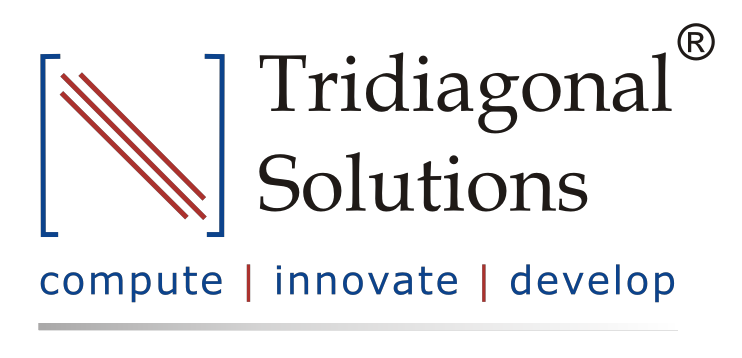How You Can Solve Problems with Root Cause Analysis

Root cause analysis, or RCA, is an incredibly helpful process in identifying and solving problems in business. Particularly in industries like oil and gas and others in the sector, small problems can cause big issues, often without really becoming apparent. RCA is essentially designed to make it easier to spot these inefficiencies and imperfections, and thus take steps to address them.
With that said, RCA isn’t necessarily an exact or perfectly defined process you can simply put into action. It is more of a method that needs to be applied strategically. To that end, here are a few important ways to work toward solutions through root cause analysis.
Avoid Broad Assumptions
The quickest way to render RCA moot is to color your efforts with broad assumptions about what might be going wrong with the business. To give a simple example with regard to the energy sector, consider an oil and gas company that sees two months of profits lower than in the corresponding months from the year before. It’s a rather blatant example, but it’s, in theory, the sort of thing that might trigger some root cause analysis.
However, Coloring that analysis with assumption might mean assuming that the downward trajectory in business is part of a long-awaited clean-energy takeover. Many in oil and gas are apprehensive about alternative energy takeovers, and if lower profits correspond at all with positive news in renewables, the assumption comes naturally. One reason for the decline in business from one year to the next would seem likely to be a result of a broad market shift.
Not only is this too simplistic to result in much helpful insight, however — it’s also not necessarily likely to be true. Renewable energy is catching up, but is not yet in takeover territory. Indeed, an interview with a University of Cologne expert on the matter just last year was still discussing a more sustainable future in somewhat aspirational terms, suggesting that such a future will come about “when we finally realize we are all connected.” This doesn’t mean that alternative energy couldn’t be responsible for a decline in oil and gas profits. However, it does speak to how a broad assumption of this nature can be misguided, and can thus derail RCA before it really gets started.
Start Working Backwards
In a sense, the phrase “work backwards” just about describes the entire nature of a root cause analysis. This is a process through which you are meant to first identify a problem and then dig into what led to that problem until you find the very “root cause” behind it. However, there is a more specific way to go about this effort, which will ensure the greatest likelihood that you’ll follow the thread to its origin, so to speak.
An outline of proper RCA by Towards Data Science does an excellent job of illustrating the process in step-by-step terms, for those who are less familiar with it. Broadly, the steps are broken down into three parts: identifying contributing factors (to the problem); sorting those factors; and then classifying the factors. The sorting process involves ranking different factors by the likelihood that they caused the problem, whereas classification essentially means re-sorting into groups representing correlation, contribution, or “root cause” status.
Following these steps, you can also set about “designing for RCA,” which essentially means structuring business operations in a way that produces data and makes it easier to conduct future analyses. This incidentally, brings us to our next point regarding how you can bring about effective problem solving via root cause analysis.
Use Expert Data Analysis
Data analysis is so rampant in the industry today that it can seem like something you have to simply figure out how to implement yourself, or else purchase special software for. These are both options, but it’s also true that the spread of analytics has led to more of a workforce in the category too. Because of the clear value of data, many have gone back to school or pursued online degrees in order to qualify for excellent new jobs, and the result is a virtually bottomless pool of experts. Per the online master’s in data analytics program at Maryville University, numerous research and analyst positions in data are poised to grow by 10% or more over the course of this decade.
Oil, gas, and energy are not specifically mentioned, but as you likely know if these are the fields you work in, data analytics have very much entered the picture. This makes it reasonable to at least consider making use of educated data experts to “design for RCA,” and even conduct RCA when problems arise. While root cause analysis is designed in such a way that anyone with access to relevant information can go about it to some extent, a data professional will be more efficient at knowing what data needs to be visible, and how to make use of it in problem-solving.
Avoid Shallow Analysis
This final piece of advice is simply a reminder, but one to hold onto no matter how thoroughly you set up your RCA to be. In plain terms, make sure you aren’t doing shallow analysis, and stopping at identifying some causes but not a root cause.
By and large though, the path to effective problem-solving with root cause analysis is simple: Be thorough, use as much relevant data as you can, and don’t stop digging further into causes until you can’t go any further. To illustrate, check out how we used ‘Root-cause Analysis for Fault Detection’ in a previous post.
Written by,
Bernice Jellie
- Published in Blog


